California
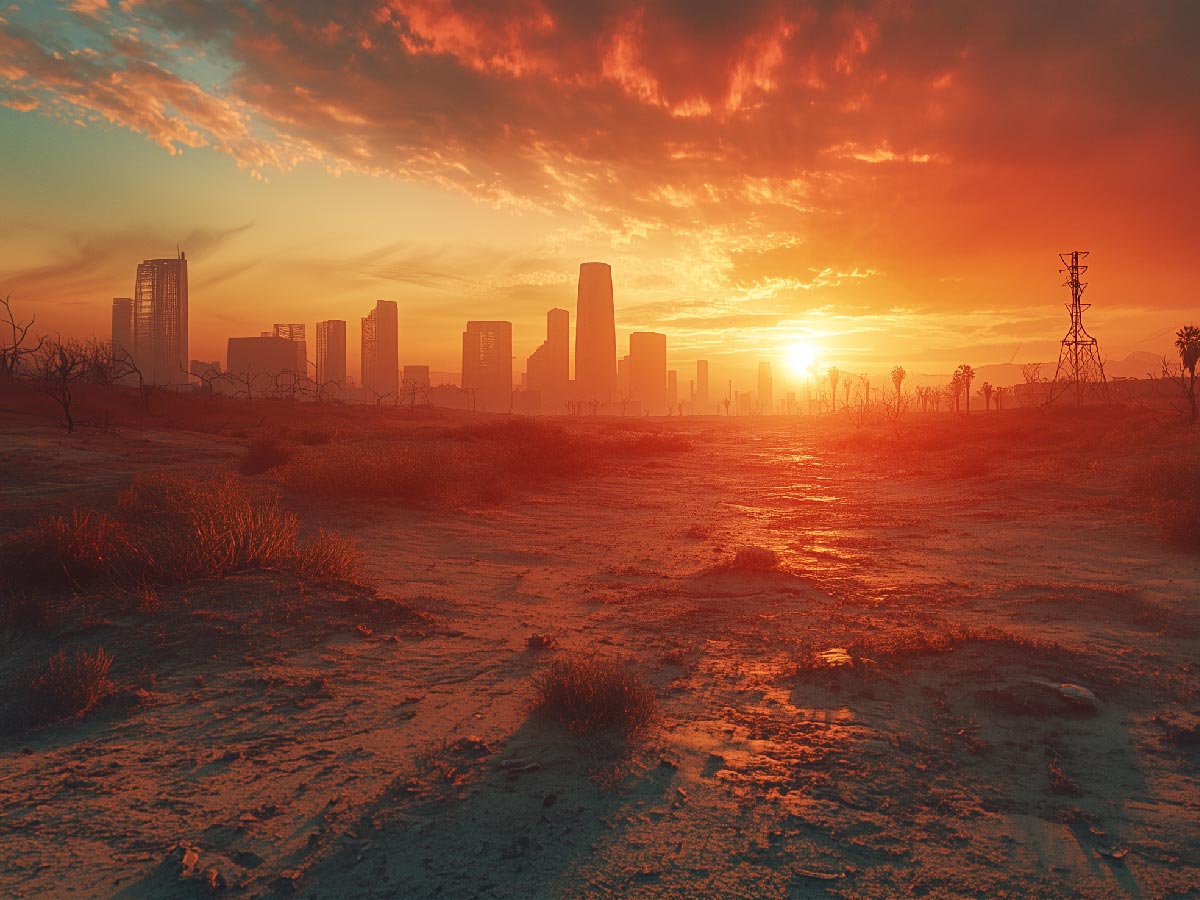
Global warming is expected to significantly impact California's future. The state may face more frequent and intense droughts, leading to water scarcity and increased wildfire risks. Rising sea levels could threaten coastal communities and infrastructure, potentially causing erosion and flooding. Higher temperatures may disrupt agriculture, affecting crop yields and the wine industry.
The Sierra Nevada snowpack, crucial for the state's water supply, could diminish, exacerbating water shortages. Extreme heat waves may become more common, posing health risks to vulnerable populations. Climate change could also alter ecosystems, affecting biodiversity and potentially leading to the loss of iconic species like the Joshua tree.
Maine

Maine's future under global warming presents its own unique challenges. Rising sea levels threaten coastal communities, potentially causing erosion and flooding in popular areas like Old Orchard Beach. Warming waters in the Gulf of Maine may impact marine ecosystems, affecting the state's crucial fishing industry, particularly lobster populations.
Milder winters could reduce snowfall, impacting winter tourism and recreation. The state may experience more frequent and intense storms, increasing the risk of coastal and inland flooding. Changes in temperature and precipitation patterns could alter forest composition, potentially affecting the timber industry and wildlife habitats. Warmer temperatures may also lead to the northward expansion of tick populations, increasing the risk of Lyme disease.
New York

Global warming is projected to have significant effects on New York's future. New York City and other coastal areas face increased flooding risks due to rising sea levels and more frequent storm surges. Extreme heat waves may become more common, posing health risks to urban populations and straining energy systems.
The state's agriculture industry could face challenges with changing growing seasons and increased pest pressures. Winters may become milder and shorter, impacting winter tourism in upstate regions. Changes in precipitation patterns could lead to more frequent heavy rainfall events, increasing the risk of flash floods. The state's ecosystems, including the Adirondacks, may see shifts in plant and animal species composition.
Florida
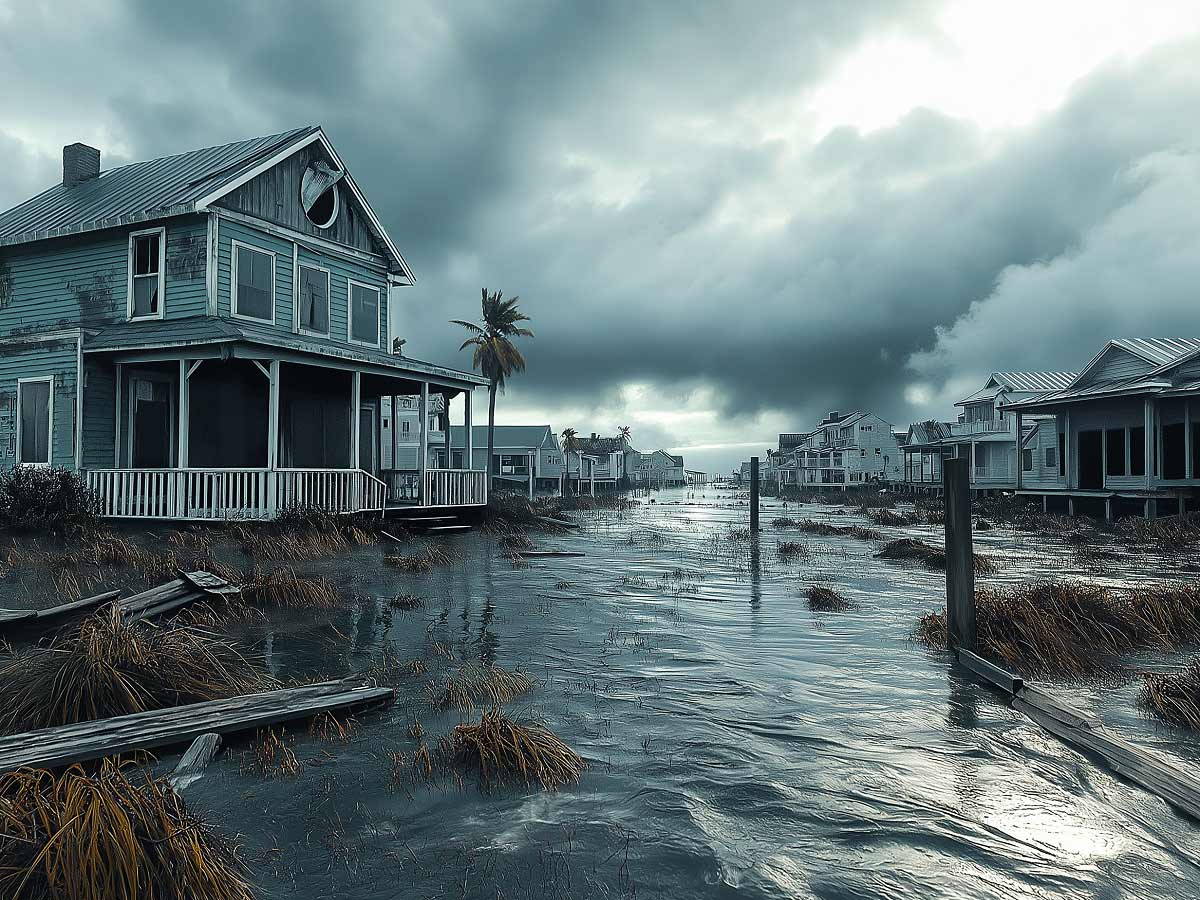
Florida faces significant challenges due to global warming. Rising sea levels pose a severe threat to coastal communities, potentially leading to increased flooding, erosion, and saltwater intrusion into freshwater aquifers. The Everglades ecosystem may be dramatically altered, impacting wildlife and water resources. More intense hurricanes could cause greater damage to infrastructure and communities.
Higher temperatures may lead to longer, more severe heat waves, posing health risks and straining energy systems. The state's tourism industry could suffer as beaches erode and coral reefs degrade. Agriculture, particularly citrus crops, may be affected by changing precipitation patterns and increased pest pressures. Additionally, climate change could exacerbate harmful algal blooms, impacting both marine life and human health.
Arizona
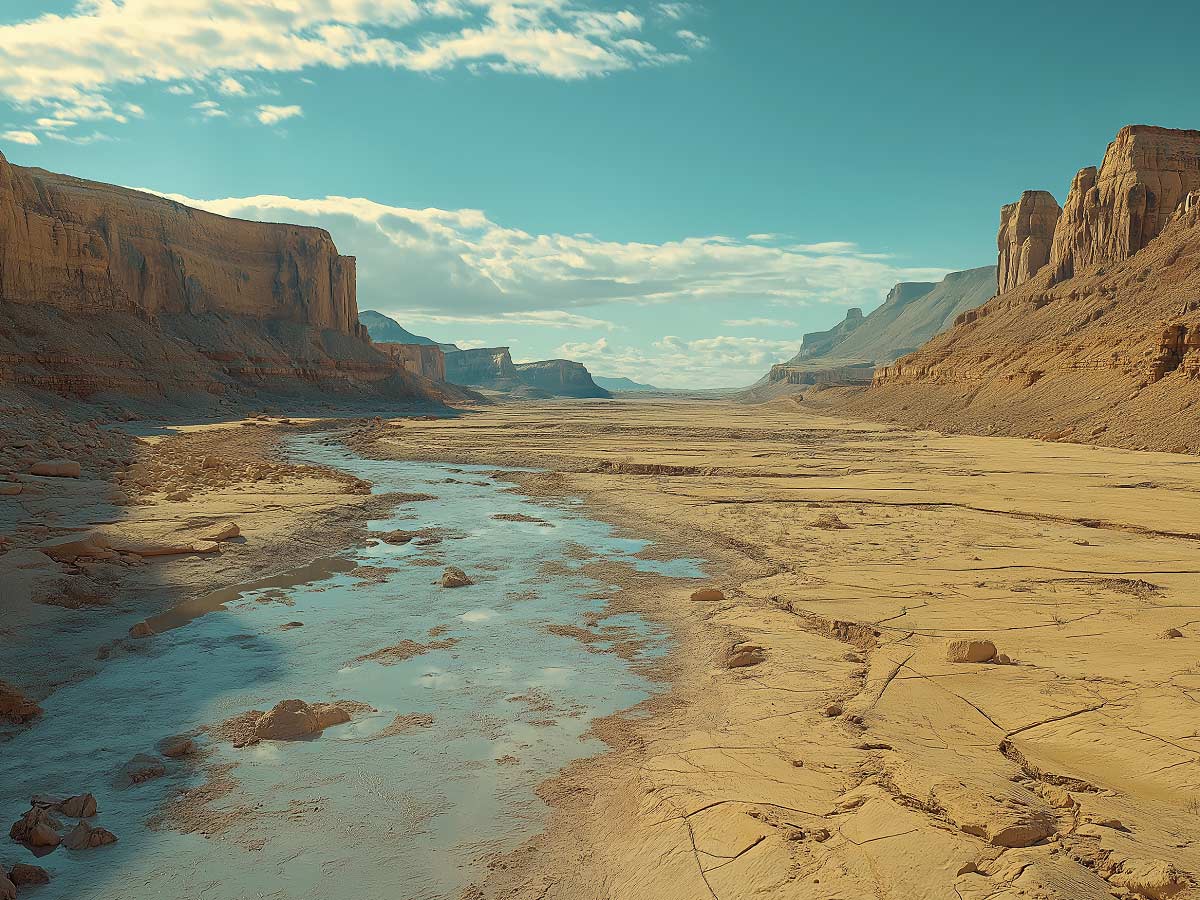
Global warming is expected to intensify Arizona's already harsh climate. The state may experience more frequent and severe heat waves, potentially leading to increased heat-related illnesses and deaths. Water scarcity could become a critical issue as drought conditions worsen and snowpack in the Colorado River Basin diminishes, affecting water supply for cities and agriculture.
The risk of wildfires may increase due to hotter, drier conditions. Rising temperatures could alter ecosystems, potentially leading to the loss of certain plant and animal species. The urban heat island effect in cities like Phoenix may be exacerbated, making urban areas even hotter. Agriculture may face challenges due to water shortages and changing growing conditions. Additionally, extreme weather events such as dust storms could become more frequent and intense.
Utah
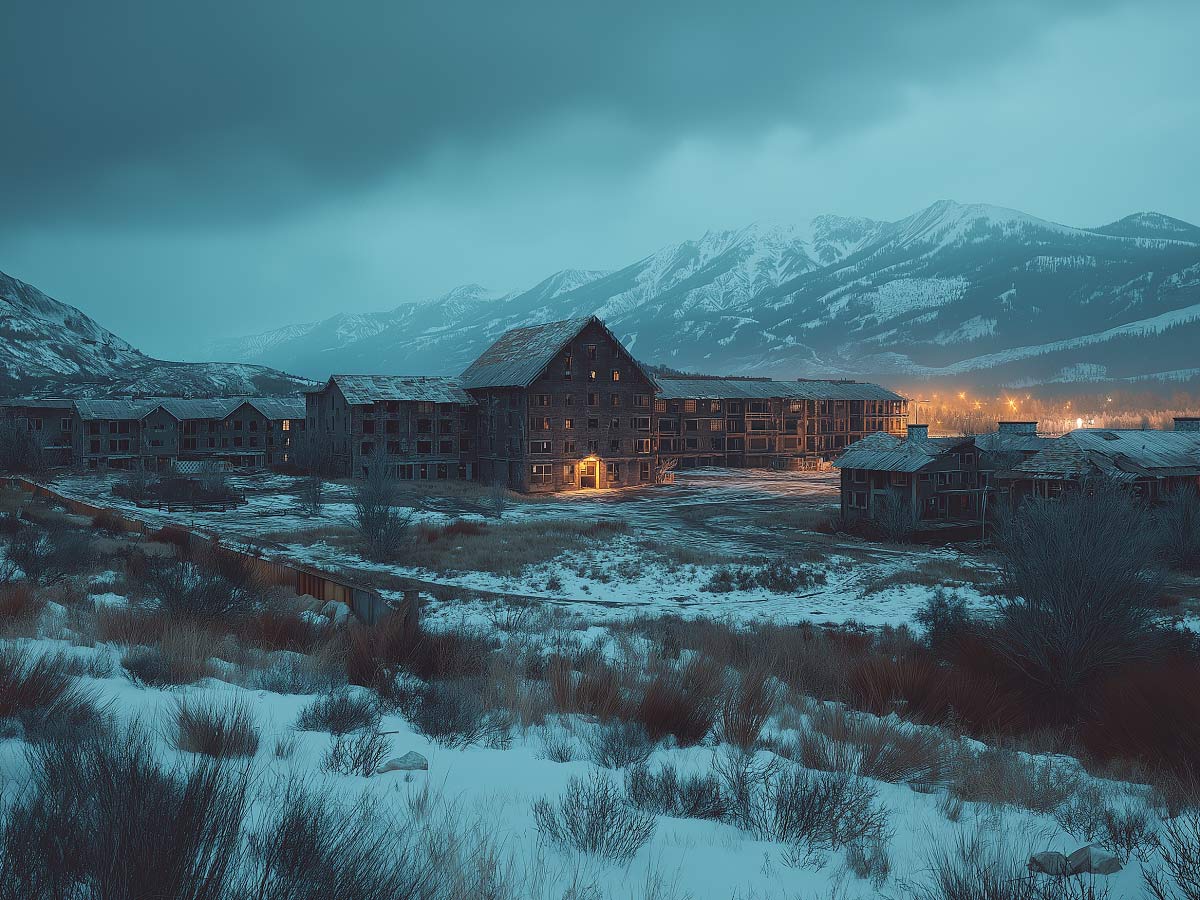
Utah's future under global warming could see significant changes. Reduced snowpack in the Wasatch and Uinta mountains may lead to water shortages, impacting agriculture and urban areas. Ski resorts could face shorter seasons, affecting winter tourism. Increased temperatures may lead to more frequent and intense wildfires, threatening forests and communities.
The Great Salt Lake could shrink further, impacting local ecosystems and air quality. Drought conditions may become more common, stressing water resources and agriculture. Higher temperatures could alter plant and animal habitats, potentially causing shifts in biodiversity. The state may also experience more extreme weather events, including flash floods and severe storms.
Nevada
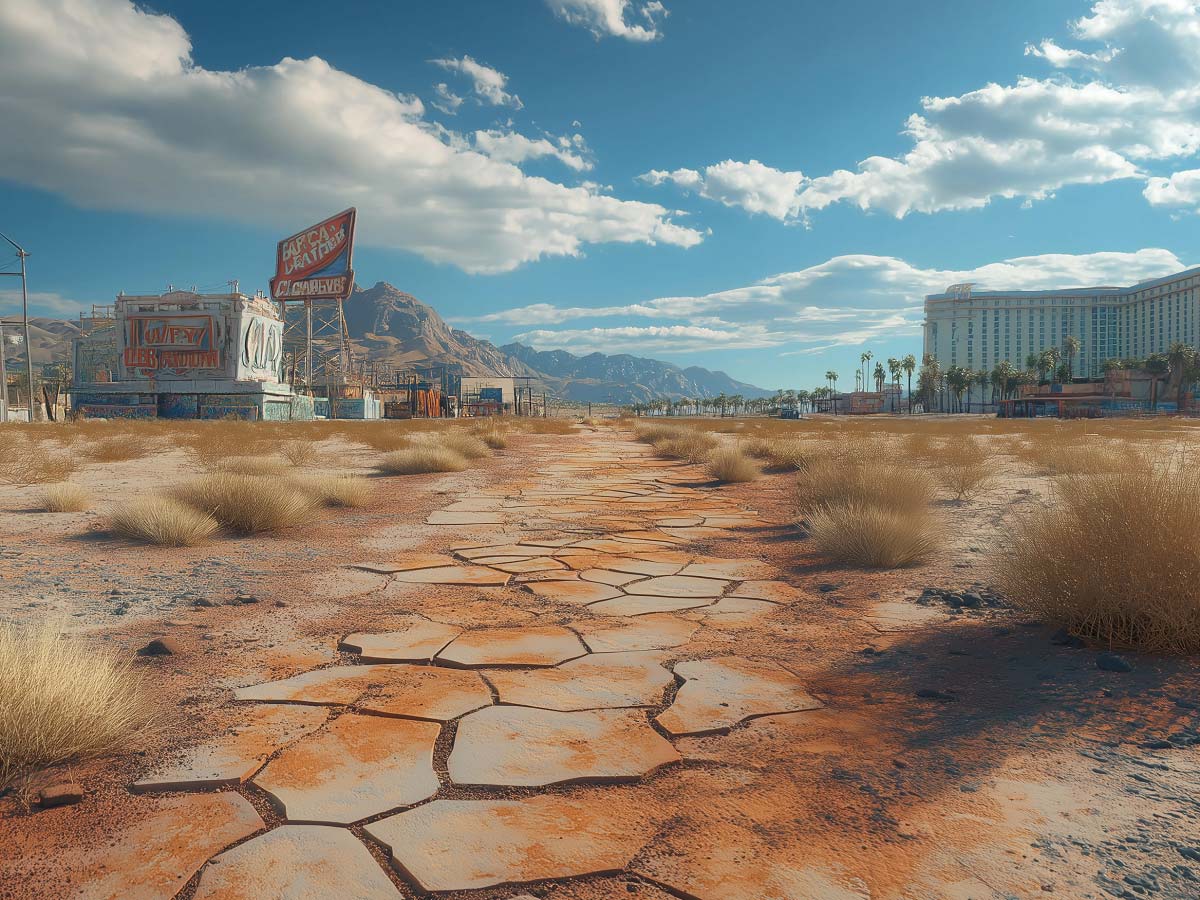
Global warming is likely to exacerbate Nevada's already arid climate. Water scarcity could become a critical issue as drought conditions intensify and snowpack in the Sierra Nevada decreases, affecting water supply for cities like Las Vegas. The risk of wildfires may increase significantly due to hotter, drier conditions.
Rising temperatures could lead to more frequent and severe heat waves, posing health risks to residents, especially in urban areas. Desert ecosystems may face stress, potentially leading to shifts in plant and animal species. Agriculture could struggle with reduced water availability. Lake Mead and other water bodies may continue to shrink, impacting recreation and hydroelectric power generation. Extreme weather events like dust storms might become more common.
Mississippi

Mississippi's future under global warming presents various challenges. Rising sea levels could increase flooding and erosion along the Gulf Coast, threatening coastal communities and ecosystems. The state may experience more intense hurricanes, causing greater damage to infrastructure and property. Higher temperatures and changing precipitation patterns could impact agriculture, a key industry in the state.
Increased heat waves may pose health risks, especially to vulnerable populations. The Mississippi River Delta could face further land loss due to sea level rise and subsidence. Changes in temperature and rainfall could alter ecosystems, potentially affecting wildlife and fisheries. More frequent extreme weather events, including severe storms and flooding, may become common.
Louisiana

Louisiana faces significant threats from global warming. Rising sea levels and coastal erosion could lead to substantial land loss, particularly in the already vulnerable Mississippi Delta region. New Orleans and other coastal cities may face increased flooding risks. More intense hurricanes could cause greater damage to communities and infrastructure.
The state's wetlands, crucial for storm protection and wildlife, may struggle to keep pace with the rise in sea level. Higher temperatures and changing precipitation patterns could impact agriculture and fisheries. Saltwater intrusion may threaten freshwater resources and ecosystems. Extreme heat events could pose health risks to residents. The oil and gas industry may face challenges due to more frequent storms in the Gulf.
Michigan

Global warming could bring significant changes to Michigan. The Great Lakes may experience lower water levels due to increased evaporation, affecting shipping, recreation, and ecosystems. Warmer winters could lead to reduced ice cover on the lakes, altering lake effect snow patterns. Agriculture might see longer growing seasons but also face challenges from changing precipitation patterns and increased pest pressures.
. Forests may experience shifts in composition, potentially affecting the timber industry and wildlife habitats. Urban areas could face more frequent heat waves and flooding events. Winter recreation industries, like skiing, may struggle with shorter seasons. Fish populations in the Great Lakes and inland waters could be impacted by warming temperatures.
Illinois
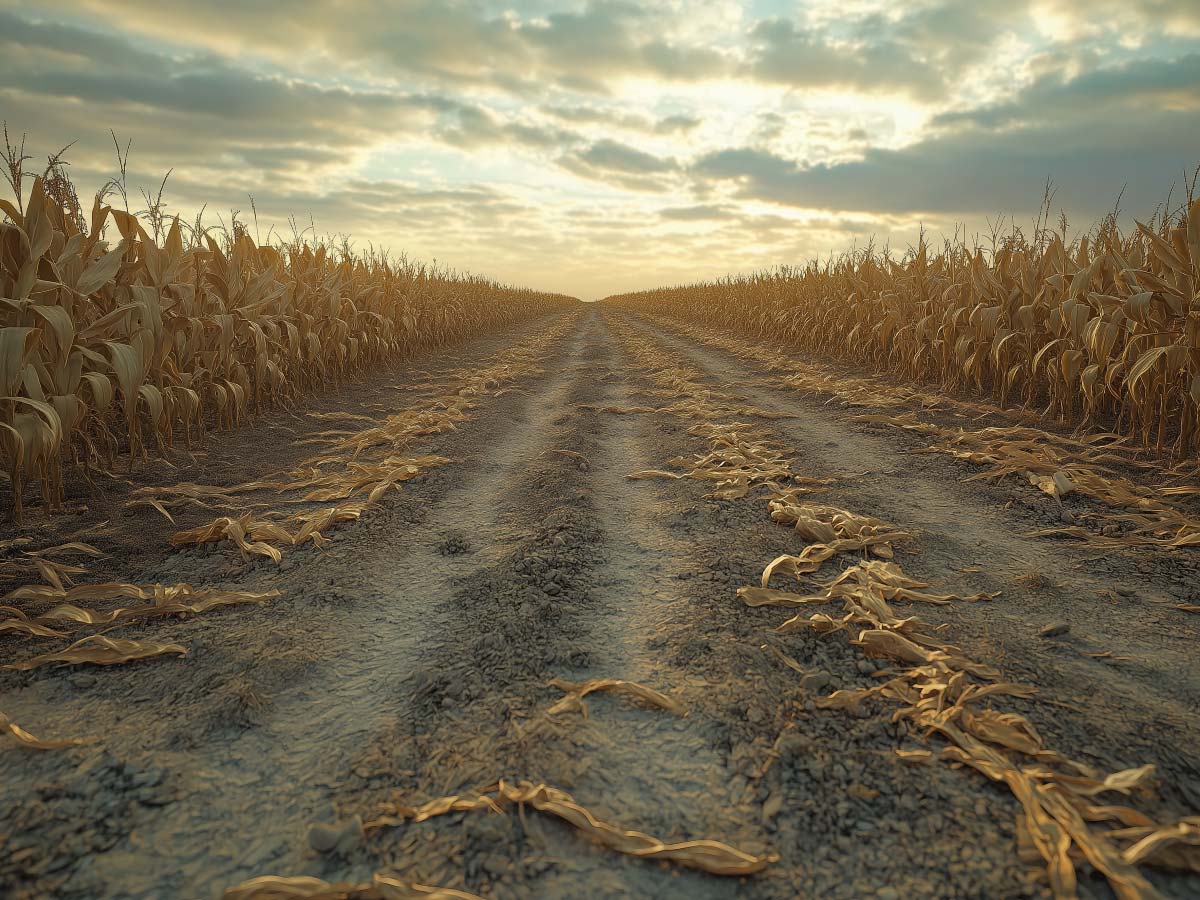
Illinois may face various impacts from global warming. Agriculture, a key industry in the state, could experience changes in crop yields due to altered growing seasons and increased pest pressures. More frequent and intense heat waves may pose health risks, especially in urban areas like Chicago. The state might see an increase in extreme weather events, including heavy rainfall and flooding, particularly along the Mississippi and Illinois Rivers.
Winters could become milder, affecting winter recreation and potentially introducing new pest species. Changes in temperature and precipitation patterns may impact ecosystems, including prairies and forests. The Great Lakes' fluctuating water levels could affect Illinois' Lake Michigan shoreline. Infrastructure may require upgrades to handle more extreme weather conditions.
Ohio

Ohio's future under global warming could bring several challenges. The state may experience more frequent and intense heat waves, posing health risks to residents, especially in urban areas. Agriculture could face changes in crop yields due to altered growing seasons and increased pest pressures. More extreme precipitation events might lead to increased flooding, particularly in areas near Lake Erie and major rivers.
Warmer winters could impact winter recreation industries. Lake Erie may see more frequent harmful algal blooms due to warmer water temperatures and increased runoff. Changes in temperature and precipitation patterns could affect ecosystems, potentially altering wildlife habitats. Infrastructure may need upgrades to handle more extreme weather events. The Great Lakes shipping industry could be impacted by fluctuating water levels.
Washington
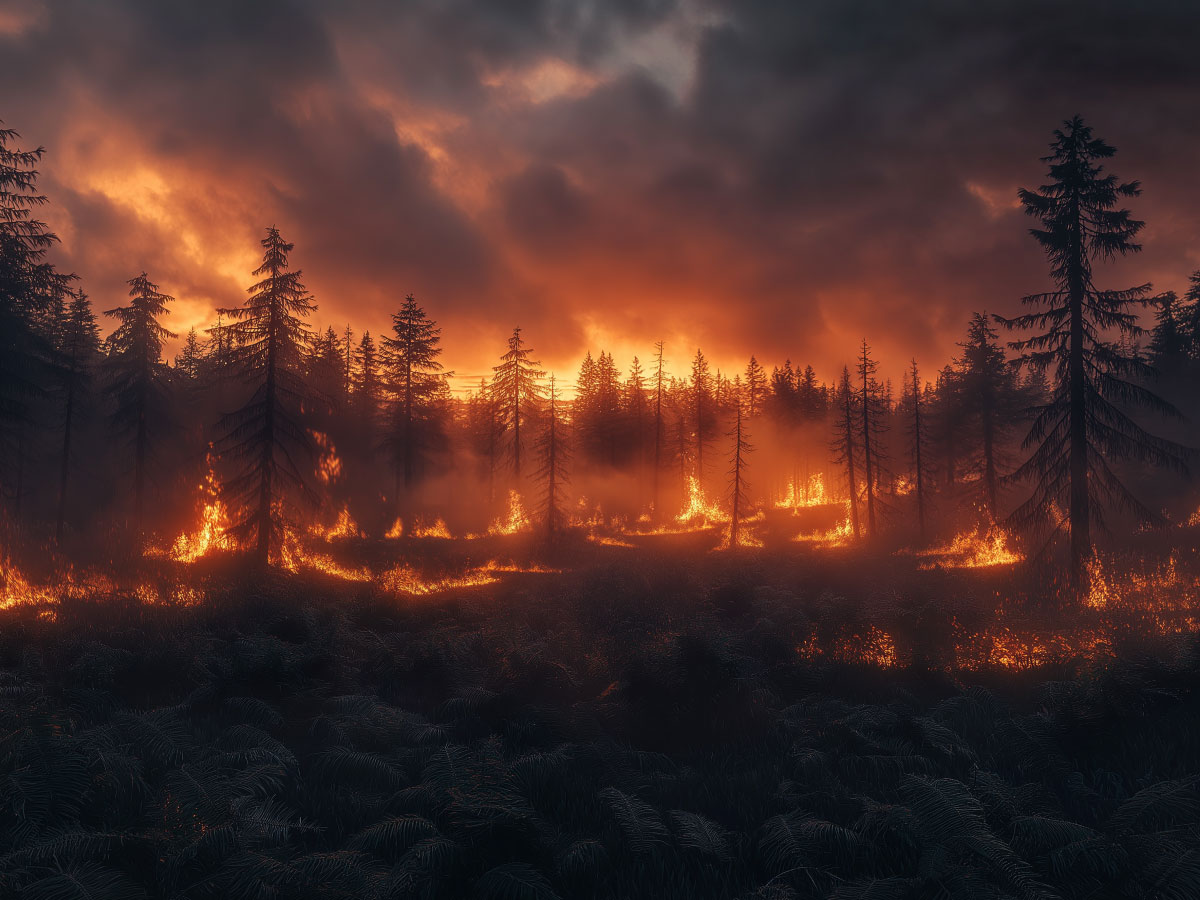
Washington state faces diverse impacts from global warming. Reduced snowpack in the Cascades could lead to water shortages and affect hydropower generation. Rising sea levels may threaten coastal communities and ecosystems. The risk of wildfires in eastern Washington could increase due to hotter, drier conditions.
Warmer temperatures in Puget Sound might impact marine ecosystems and fisheries. Agriculture could see changes in growing seasons and crop suitability. Forests may face increased stress from drought and pest outbreaks. Glacier retreat in the North Cascades could affect water resources and alpine ecosystems. More intense rainfall events could increase the risk of landslides and flooding. The state's ski industry might face shorter seasons due to reduced snowfall.
Alabama

Alabama's future under global warming presents several challenges. The state may experience more frequent and intense heat waves, posing health risks to residents. Coastal areas could face increased flooding and erosion due to rising sea levels and more intense hurricanes. Agriculture might be impacted by changing precipitation patterns and increased pest pressures. More extreme rainfall events could lead to increased flooding, particularly along rivers and in low-lying areas.
Forests may face stress from higher temperatures and potential drought conditions, affecting the timber industry. Changes in temperature and rainfall could alter ecosystems, potentially affecting wildlife and fisheries. The Gulf Coast's tourism industry might be impacted by more frequent storms and beach erosion. Water resources could be strained due to altered precipitation patterns and increased evaporation.
Pennsylvania

Pennsylvania's future under global warming could bring significant changes. The state may experience more frequent and intense heat waves, particularly affecting urban areas like Philadelphia and Pittsburgh. Increased precipitation and more extreme rainfall events could lead to more flooding, especially in river valleys. Agriculture might face challenges with changing growing seasons and increased pest pressures.
Winters in Pennsylvania could become milder and shorter, impacting winter recreation industries. Forests may see shifts in tree species composition, affecting biodiversity and the timber industry. The state's infrastructure might require costly upgrades to handle more extreme weather events. Water quality in the Chesapeake Bay watershed could be affected by increased runoff. Climate change could also exacerbate air quality issues in urban areas.
Montana
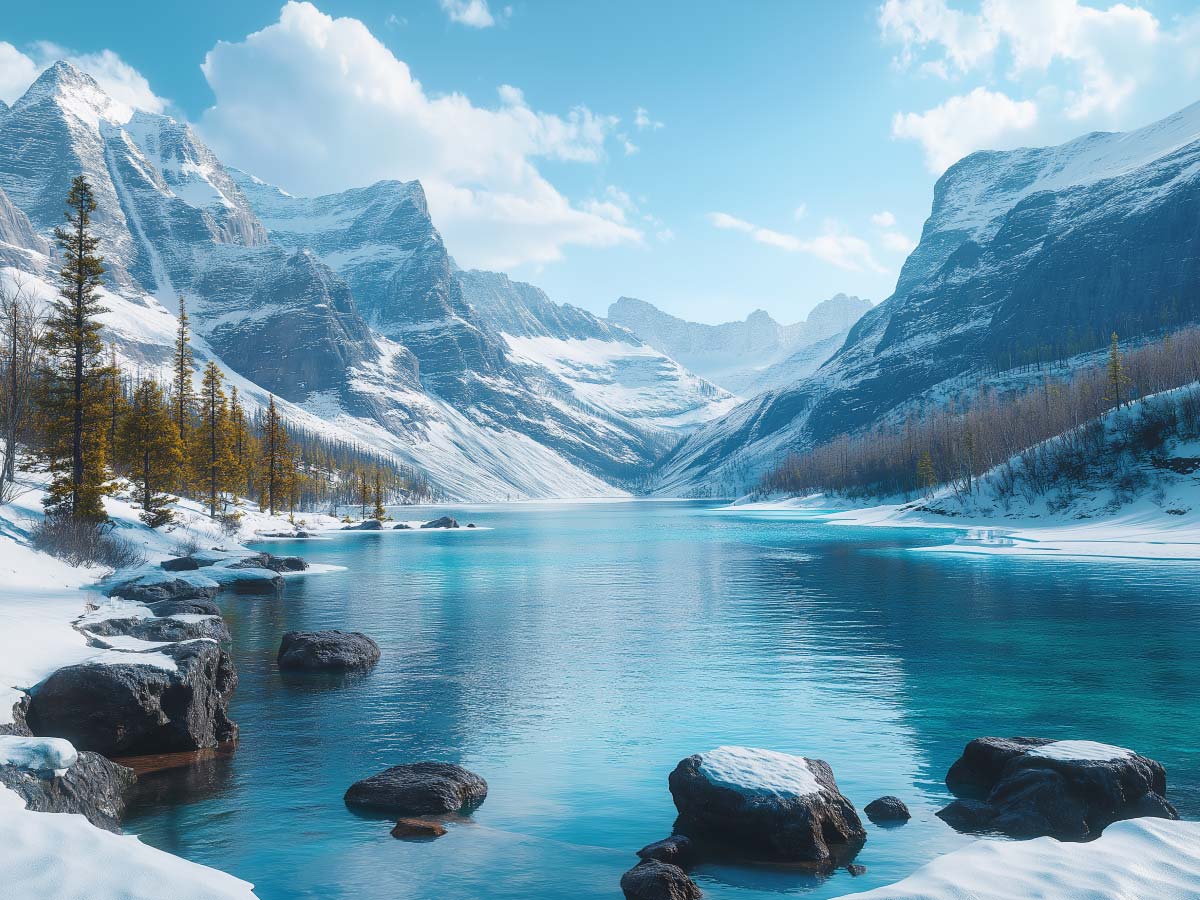
Global warming is likely to significantly impact Montana's diverse landscapes. Rising temperatures could lead to earlier snowmelt and reduced snowpack in the Rocky Mountains, affecting water supplies for agriculture and communities. Glaciers in Glacier National Park may continue to retreat, altering ecosystems and tourism. Wildfire seasons could become longer and more intense, threatening forests and communities.
Agriculture might face challenges with changing precipitation patterns and increased drought risk. Warmer temperatures could stress cold-water fish species like trout, impacting recreational fishing. The state may see shifts in plant and animal species ranges. Extreme weather events, including floods and heatwaves, could become more frequent. Winter recreation industries might face shorter seasons due to reduced snowfall.
Hawaii
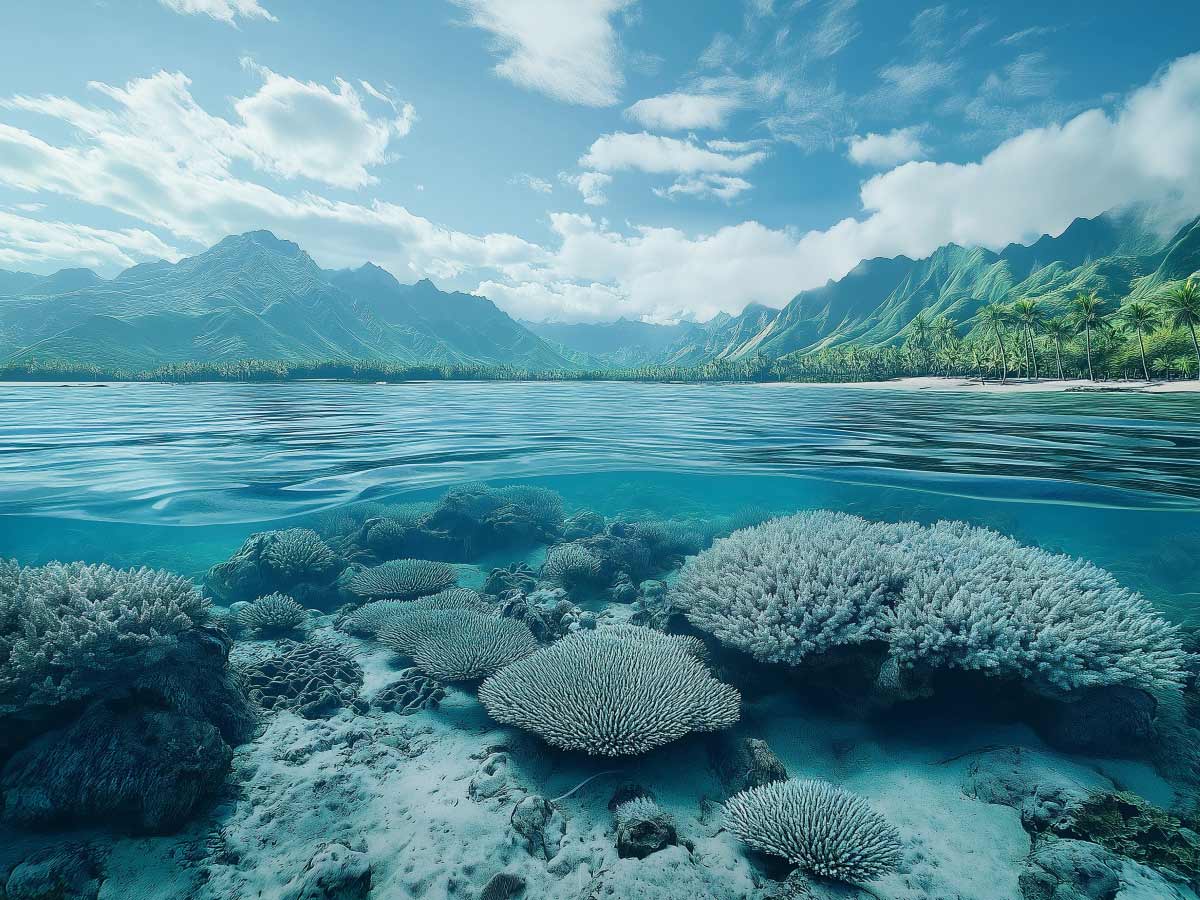
Hawaii faces unique challenges from global warming as an island state. Rising sea levels threaten coastal communities, beaches, and infrastructure, potentially leading to increased erosion and flooding. Ocean acidification and warming could severely impact coral reefs, affecting marine ecosystems and tourism. More intense hurricanes may pose greater risks to its islands.
Changes in rainfall patterns could lead to more frequent droughts in some areas and increased flooding in others. Native plant and animal species, many of which are already endangered, may face additional stress from changing climate conditions. Agriculture, including iconic crops like coffee and pineapples, might be affected by changing growing conditions. The islands may also see increased heat waves and related health risks.
Alaska
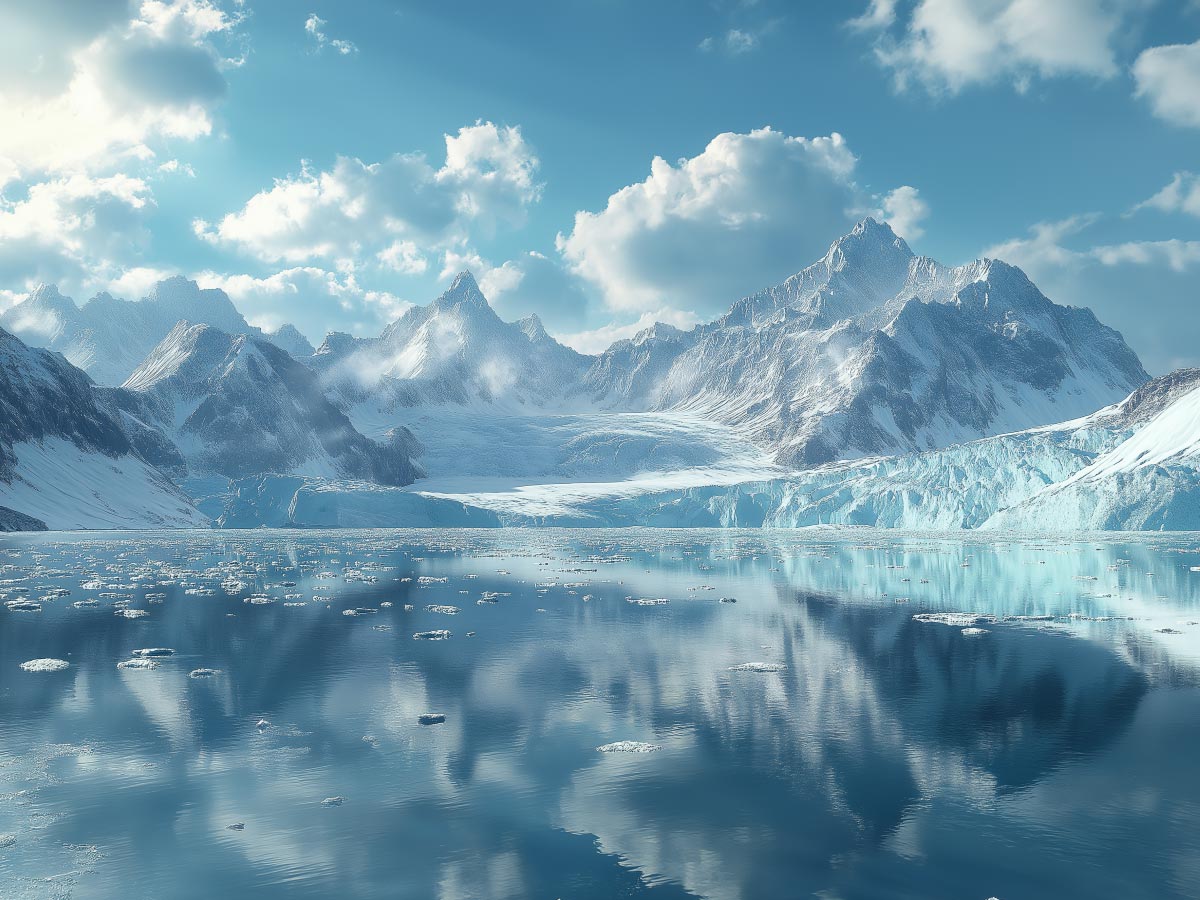
Alaska is already experiencing some of the most rapid and dramatic effects of global warming. Rising temperatures are causing widespread permafrost thaw, damaging infrastructure and releasing greenhouse gases. Sea ice reduction impacts coastal communities and wildlife, including polar bears and walruses. Glaciers are retreating at unprecedented rates, affecting water resources and increasing the risk of glacial outburst floods.
Coastal erosion is threatening many Native Alaskan villages. Warmer temperatures are altering ecosystems, with some species moving northward and changing vegetation patterns. Wildfire seasons are becoming longer and more severe. The opening of Arctic sea routes due to ice melt could increase shipping and resource extraction activities, bringing both economic opportunities and environmental risks
Massachusetts

Massachusetts faces significant challenges from global warming. Rising sea levels threaten coastal communities, potentially leading to increased flooding and erosion, particularly during storm surges. Boston and other coastal cities may need to invest heavily in flood protection measures. The fishing industry could be impacted by warming ocean temperatures and shifting fish populations.
More frequent and intense heat waves may pose health risks in urban areas. Changes in precipitation patterns could lead to more winter flooding and summer droughts. The state's forests may see shifts in tree species composition. Winter recreation industries might face shorter seasons due to reduced snowfall. Agriculture could experience changes in growing seasons and crop suitability. The state may also see an increase in vector-borne diseases as temperatures warm.
Arkansas

Global warming is likely to bring significant changes to Arkansas's climate and environment. Summers could become hotter and drier, potentially leading to increased drought conditions that would stress agriculture, a key industry in the state. The state's forests may face increased stress from higher temperatures and potential changes in precipitation patterns, possibly leading to shifts in ecosystems and increased wildfire risk. Conversely, winters and springs might see more extreme rainfall events, increasing the risk of flooding along the Mississippi River and other waterways.
Wildlife habitats could be altered, affecting biodiversity and potentially impacting the hunting and fishing industries. Arkansas may also see an expansion of the range of certain pests and diseases, both for agriculture and human health, as warmer temperatures allow them to survive further north. The state's water resources might be strained by changing precipitation patterns and increased evaporation rates, potentially leading to conflicts over water usage between different sectors.
 Author
James Stephens
Last Updated: August 26, 2025
Author
James Stephens
Last Updated: August 26, 2025